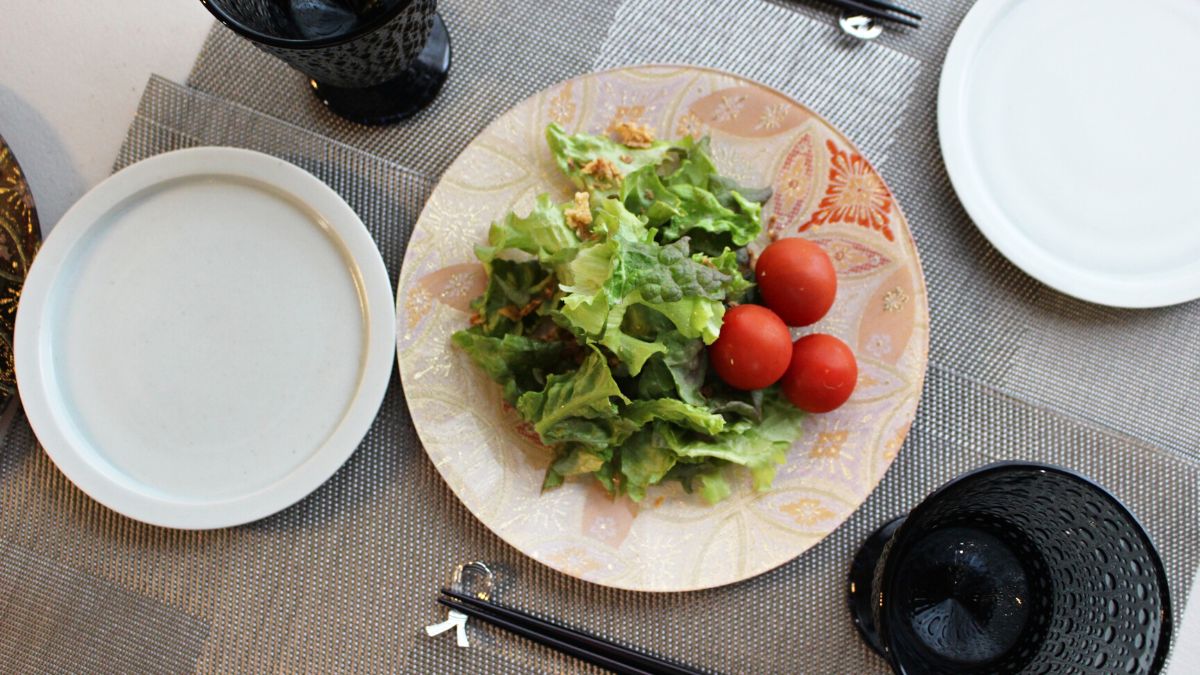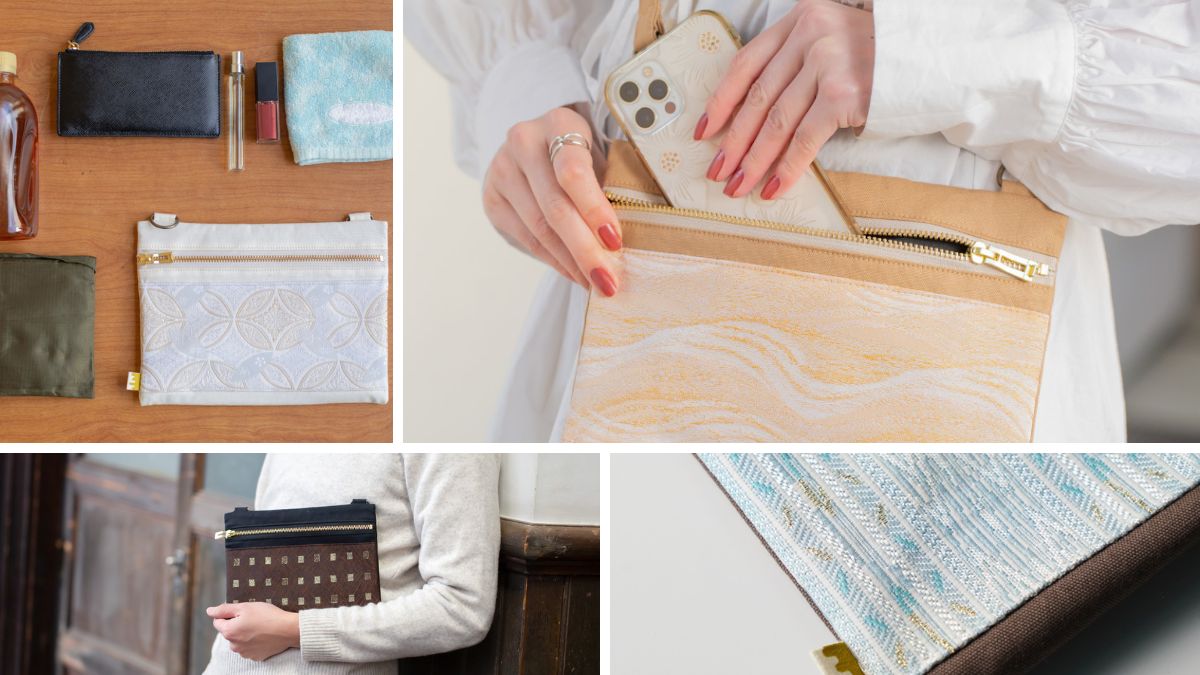

Experience the Extraordinary Everyday
Kyoto-Kinki

Area
The Cradle of Japanese Culture
Kyoto needs little introduction to those familiar with Japanese history and culture; it is a by-word for elegance and refinement. For 1500 years, it was the country's capital and has remained the epitome of Japanese artistic and architectural achievement. To wander its ancient streets and visit its myriad shrines and temples is to experience living history.
Kyoto is also justly renowned for its traditional produce and the city's myriad crafts and ateliers are, in many cases, without parallel. The winding alleys of the Nishijin district, to the west of the Imperial Palace, are home to one of the most celebrated of Kyoto's treasured artforms: the eponymous woven silk textiles, Nishijin-Ori. Though hard to imagine, textile weavers have been creating exquisite silk brocade in the area for an astonishing 1200 years; this is a lineage that is hard to find anywhere else.

History
Over a Thousand Years in the Making
The production of Nishijin textile dates back to the 1460s, when the silk weavers returned to that area of Kyoto following the end of the Onin War. Since that time, there has been an unbroken lineage of weavers producing this exquisite, unique silk brocade in the same place. But that isn't the whole story; in fact, this particular style of fabric and the pain-staking methods used to produce it have been a presence in the city since the 8th century.
The story of Ori-Zara itself began in 1988, when Sakai Mamoru founded his own Nishijin textile weavers, after mastering the art at another atelier. His son, Sakai Takahiro, therefore grew up surrounded by the vivid colors, patterns and evocative smells of Nishijin silks. While he initially worked elsewhere, he was drawn back to the world of Nishijin-Ori by the realization of just how incredible these textiles and their history were.
But with kimono wearing in decline, interest in the craft was also on the wane. Takahiro was determined to do what he could to revive the art of Nishijin. The result was his much sought-after plates, which are a new way to bring the beauty of Nishijin-Ori into everyday use.

Characteristic
Endless Delight of Color and Beauty
Nishijin-Ori is characterized by an extremely detailed weave of pre-dyed silk, that marries vivid color with great subtlety of design. Naturally, such a textile requires the finest materials and the most precise techniques to produce. And Ori-Zara plates are the embodiment of all this history, skill and beauty. The interwoven gold and silver brocade shimmers and alters as it catches the light, providing an endless diversity of colors and expressions.
Ori-Zara has developed the ideal glass covering for their textiles that showcase the materials and make the plates perfectly suited for everyday use. The plates are made with splash-proof, robust glass that also features UV protection, which prevents any discoloration of the Nishijin-Ori inside. Ultimately, each piece is a harmony of function and unparalleled aesthetics.

For Customers
A Jewel for Daily Life
The various sizes available are suited to a range of uses, and they are easily converted from wonderful decorative pieces to unique serving plates.
It is little surprise then that the Kyoto Ritz-Carlton selected Ori-Zara's plates to use for their Japanese-style afternoon tea service.
Nishijin-Ori was, for centuries, the choice material for the kimonos of the Imperial Family and Samurai households. Given its illustrious history, it is all the more astounding, therefore, that Ori-Zara have created a way for people to experience the shimmering beauty of this material in everyday life.




































